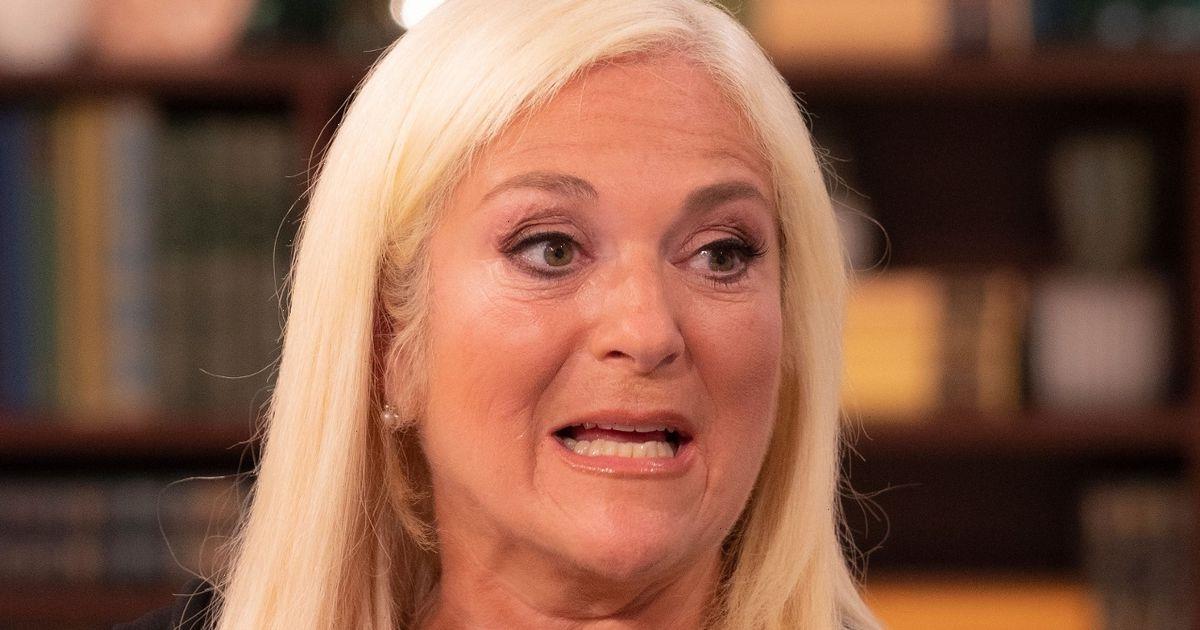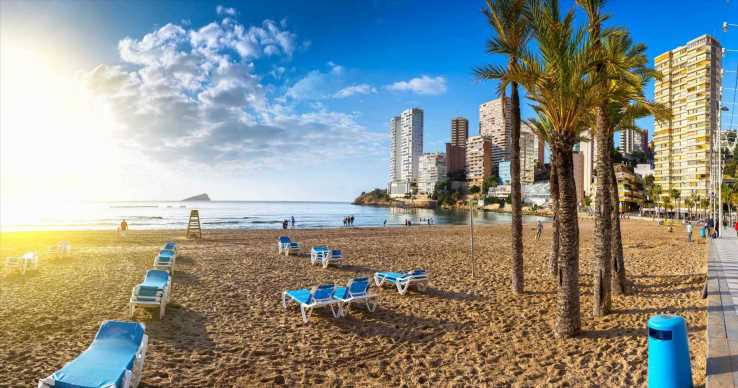SAN JUAN, Puerto Rico (AP) — Hurricane Fiona blasted the Turks and Caicos Islands on Tuesday as a Category 3 storm after devastating Puerto Rico, where most people remained without electricity or running water.
Hurricane conditions were slamming Grand Turk, the small British territory's capital island, on Tuesday morning after the government imposed a curfew and urged people to flee flood-prone areas.
The storm was centered just 10 miles (15 kilometers) from the island, with hurricane-force winds extending up to 30 miles (45 kilometers) from the center.
“Storms are unpredictable,” Premier Washington Misick said in a statement from London, where he was attending the funeral of Queen Elizabeth II. “You must therefore take every precaution to ensure your safety.”
Fiona had maximum sustained winds of 115 mph (185 kph) and was moving north-northwest at 10 mph (17 kph), according to the U.S. National Hurricane Center, which said the storm is likely to strengthen further into a Category 4 hurricane as it approaches Bermuda on Friday.
It was forecast to weaken before running into easternmost Canada over the weekend.
The broad storm kept dropping copious rain over the Dominican Republic and Puerto Rico, where a 58-year-old man died after police said he was swept away by a river in the central mountain town of Comerio.
Another death was linked to a power blackout — a 70-year-old man was burned to death after he tried to fill his generator with gasoline while it was running, officials said.
Parts of the island had received more than 25 inches (64 centimeters) of rain and more was falling on Tuesday.
National Guard Brig. Gen. Narciso Cruz described the resulting flooding as historic.
“There were communities that flooded in the storm that didn’t flood under Maria,” he said, referring to the 2017 hurricane that caused nearly 3,000 deaths. “I’ve never seen anything like this.”
Cruz said that 670 people have been rescued in Puerto Rico, including 19 people at a retirement home north mountain town of Cayey that was in danger of collapsing.
“The rivers broke their banks and blanketed communities,” he said.
Some were rescued via kayaks and boats while others nestled into the massive shovel of a digger and were lifted to higher ground.
He lamented that some people refused to leave their home, adding that he understood them.
“It’s human nature,” he said. “But when they saw their lives were in danger, they agreed to leave.”
The blow from Fiona was made more devastating because Puerto Rico has yet to recover from Hurricane Maria, which destroyed the power grid in 2017. Five years later, more than 3,000 homes on the island are still covered by blue tarps.
Authorities said Monday at least 2,300 people and some 250 pets remained in shelters across the island.
Fiona triggered a blackout when it hit Puerto Rico’s southwest corner on Sunday, the anniversary of Hurricane Hugo, which slammed into the island in 1989 as a Category 3 storm.
By Tuesday morning, authorities said they had restored power to more than 285,000 of the island's 1.47 million customers. Gov. Pierluisi warned it could take days before everyone has electricity.
Water service was cut to more than 837,000 customers — two thirds of the total on the island — because of turbid water at filtration plants or lack of power, officials said.
Fiona was not expected to threaten the U.S. mainland.
In the Dominican Republic, authorities reported one death: a man hit by a falling tree. The storm displaced more than 12,400 people and cut off at least two communities.
The hurricane left several highways blocked, and a tourist pier in the town of Miches was badly damaged by high waves. At least four international airports were closed, officials said.
The Dominican president, Luis Abinader, said authorities would need several days to assess the storm’s effects.
Fiona previously battered the eastern Caribbean, killing one man in the French territory of Guadeloupe when floodwaters washed his home away, officials said.
Source: Read Full Article

